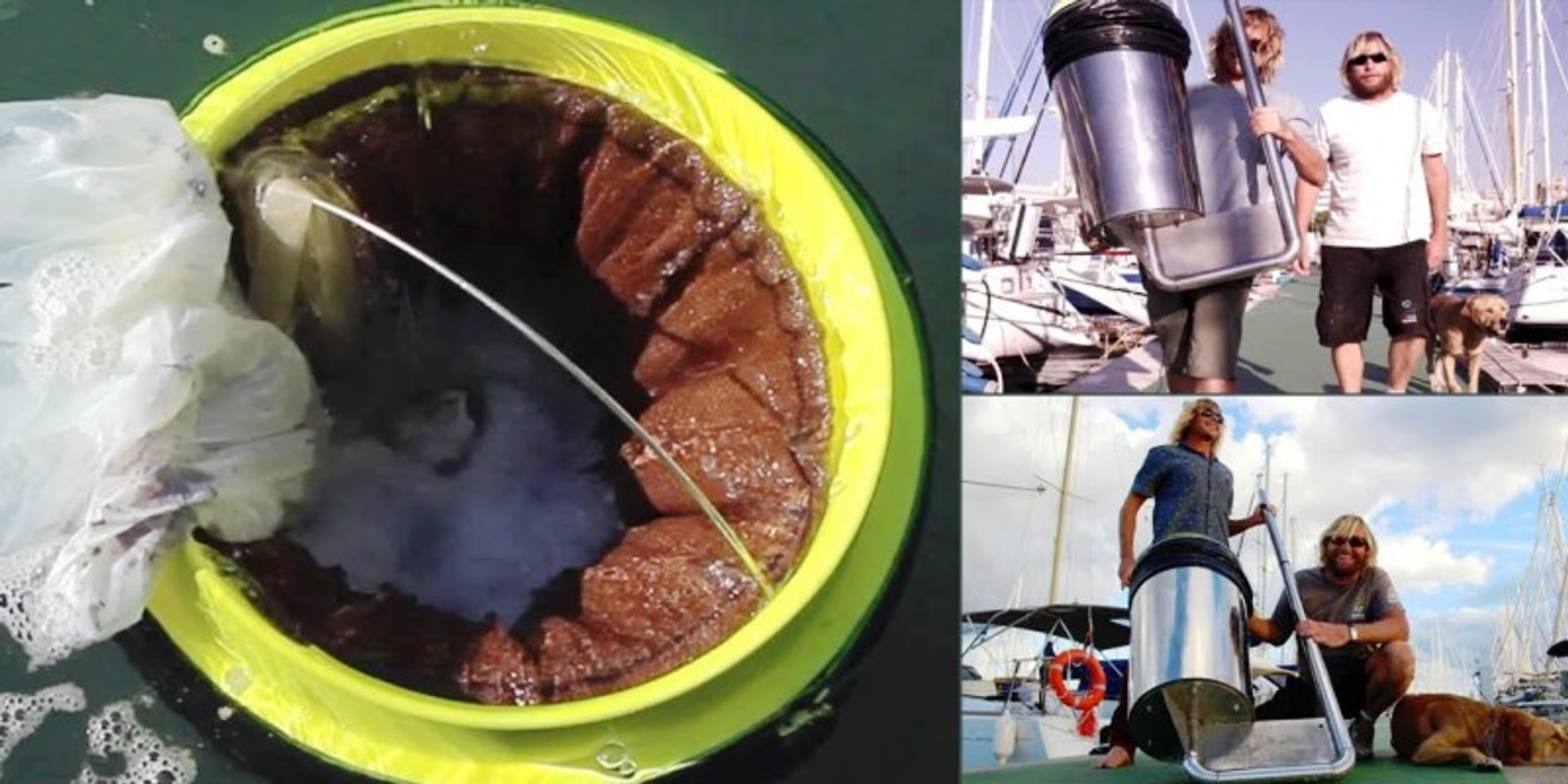In an inspiring bid to tackle ocean pollution, two Australian surfers have designed an innovative solution: a floating garbage bin capable of cleaning oceans while storing up to 20 kilograms of waste. This device, commonly referred to as the “Seabin,” is powered by a pump that draws in water and filters out debris, including plastics, cigarette butts, and other pollutants. The Seabin not only traps solid waste but also removes surface oils, making it a multi-functional tool for marine conservation.
How It Works
The Seabin is installed at marinas, ports, and other calm water environments where waste tends to accumulate. A submersible water pump pulls water through the device, which captures floating debris in a specially designed catch bag. Clean water is then pumped back into the ocean. The system operates 24/7, requiring minimal human intervention beyond periodic emptying and maintenance.
Environmental Impact
By capturing up to 20 kilograms of waste daily, the Seabin helps prevent plastics and other pollutants from entering open waters, where they can harm marine life. In addition, its ability to remove microplastics and oil slicks addresses two critical challenges in ocean conservation. Scaled deployment of such devices could significantly reduce ocean pollution and mitigate the long-term effects of marine debris on ecosystems.
Should India Implement This Technology?
India, with its extensive coastline spanning over 7,500 kilometers, is no stranger to the challenges posed by marine pollution. Urban runoff, industrial discharge, and unchecked plastic waste contribute to the degradation of coastal and marine environments. Implementing Seabins in India’s harbors, marinas, and other water bodies could prove transformative.
Here are some reasons why adopting this technology in India could be impactful:
- Alleviating Urban Water Pollution: Coastal cities like Mumbai, Chennai, and Kolkata grapple with significant water pollution. Deploying Seabins in these areas could help reduce waste accumulation in critical waterways.
- Support for Tourism and Fishing Industries: Cleaner oceans could bolster India’s coastal tourism and fishing sectors, both of which are vital to the country’s economy.
- Education and Awareness: Installing Seabins in public spaces can raise awareness about the importance of waste management and inspire communities to adopt sustainable practices.
Challenges and Considerations
While the Seabin offers immense promise, its implementation in India would require careful planning. Key challenges include:
- Cost: Procuring and maintaining these devices might pose financial hurdles for local authorities.
- Infrastructure: Suitable installations would require calm water environments, which may not be prevalent along India’s coastline.
- Waste Management Systems: Effective waste disposal systems must be in place to handle the debris collected by Seabins.
Conclusion
The Seabin represents a groundbreaking step in combating ocean pollution, and its potential for global impact is undeniable. For India, integrating this technology into a broader strategy for marine conservation could yield significant environmental and economic benefits. However, successful implementation would depend on addressing logistical challenges and fostering collaboration between government bodies, private stakeholders, and local communities.
India’s journey toward cleaner oceans could well begin with innovations like the Seabin. By embracing such solutions, the country can play a leading role in safeguarding marine ecosystems for future generations.












